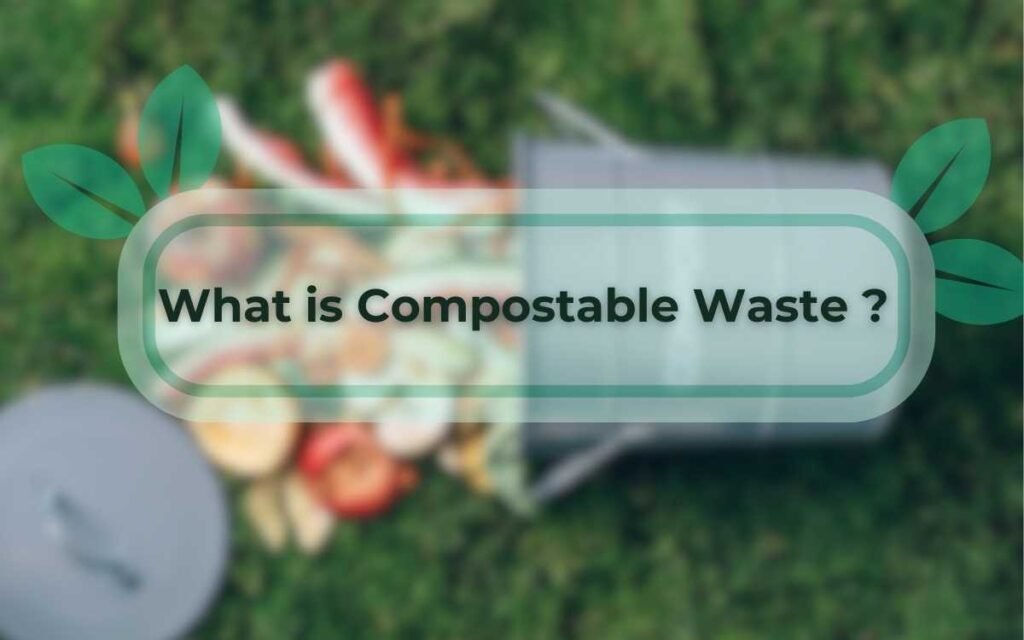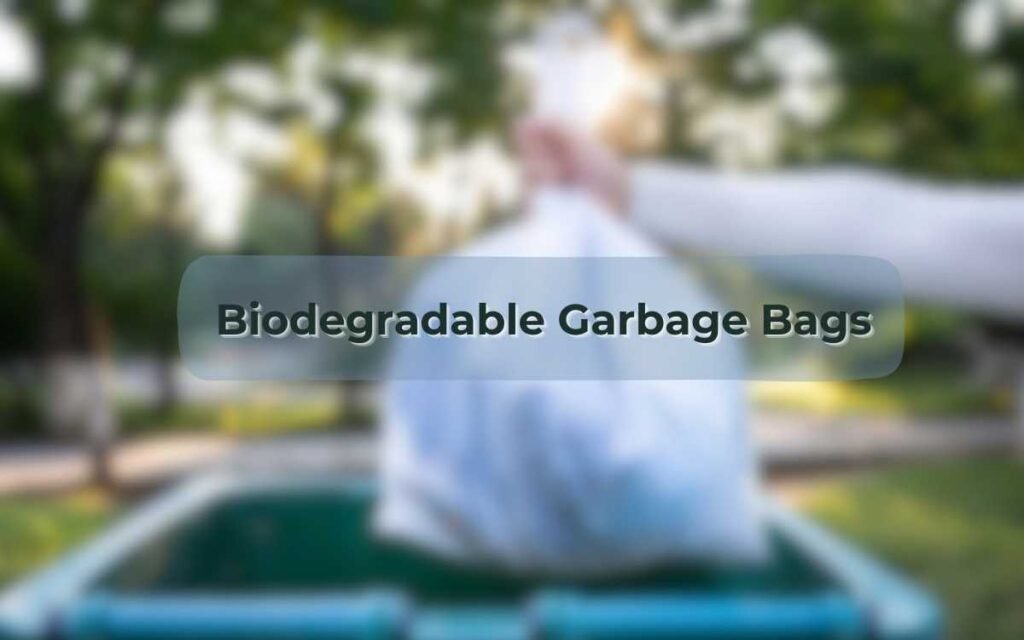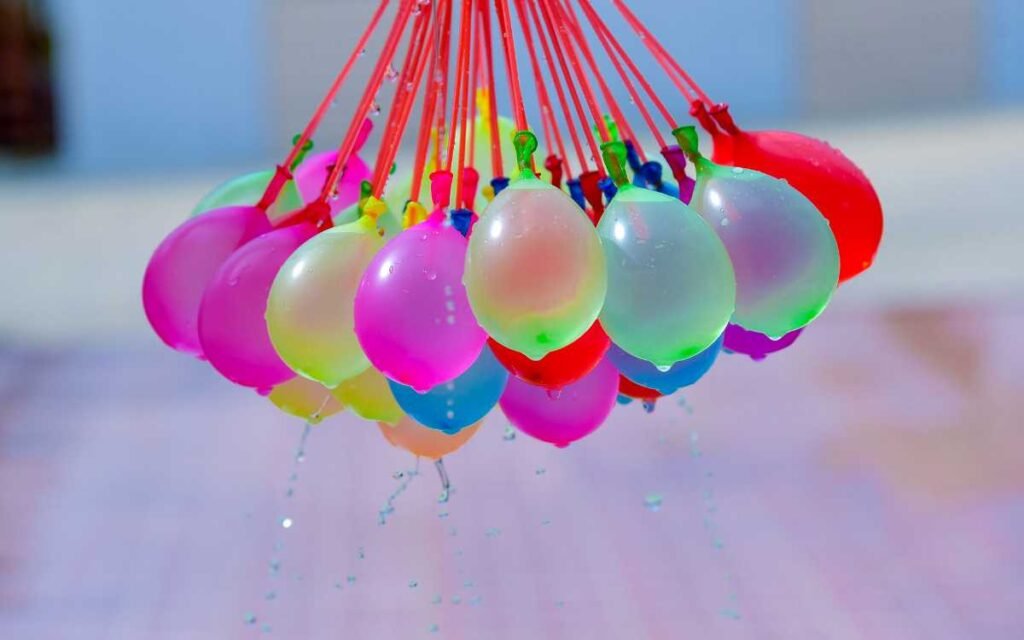
Introduction
Water balloon fights are fun, especially in the summer. They bring laughter and coolness on hot days. Everyone enjoys throwing these colorful balloons and watching them pop. These moments create happy memories. But as we care more about the environment, we start to worry. We think about the mess left behind after the fun ends. We wonder how these one-time-use items affect the environment.
One big idea in this talk is biodegradability. It means something can biodegrade without hurting the environment.
When we talk about water balloons, we need to ask a question to ourself are water balloons really biodegradable. We have to think about how much fun we have versus how it affects the environment. We need to balance our enjoyment with the global push to make less waste and be more sustainable.
Let’s explore how we can have fun while also being responsible for the environment.
What Does Statistical Data Says About Water Balloons?

Statistical information reveals the harmful effects of disposable water balloons, which are often seen as summer fun.
A study in Australia found that balloons are a big threat to marine animals.
Shockingly, around 1.6 billion plastic balloons are sold every year, causing harm to the environment. These balloons take hundreds of years to break down into tiny pieces called microplastics, even the ones labeled as “biodegradable” take more than ten years to fully degrade.
These small pieces are often eaten by animals, mistaking them for food, which can be dangerous. Making things worse, the production of virgin plastics for balloons uses chemicals from fossil fuels.
Disposable water balloons also contain dyes made from chemicals. This data shows why we need to find more eco-friendly options to protect our environment.
Are Water Balloons Biodegradable?
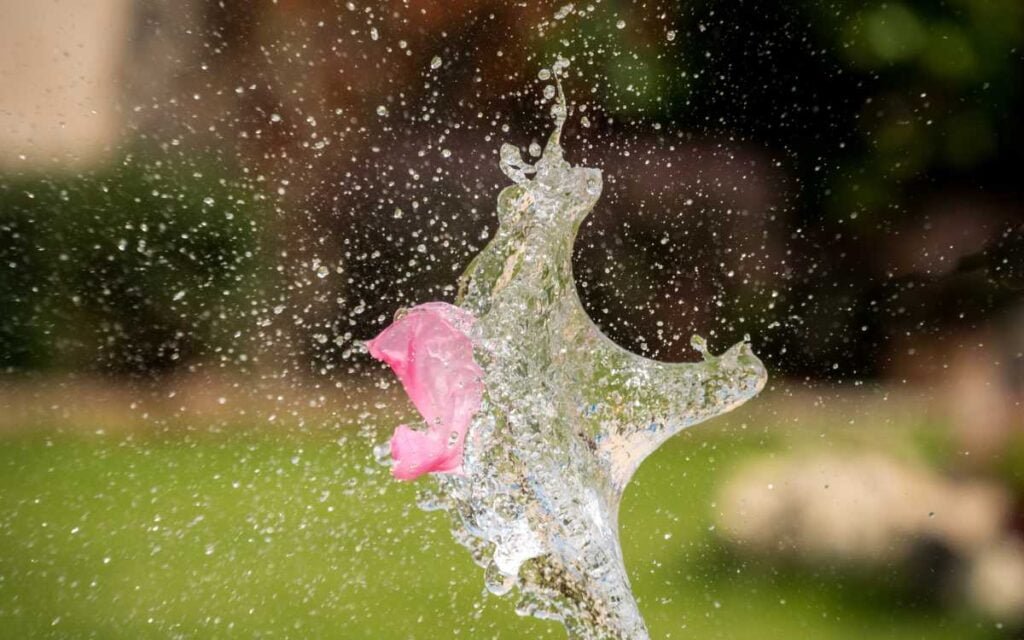
No, most traditional water balloons are not biodegradable.
Water balloons are often made of latex or synthetic rubber. Many products we use have these materials. Latex is a natural rubber. Some might think latex breaks down easily. However, that’s not the whole truth. Even though latex does eventually break down over time, it doesn’t do so as rapidly as one might hope. Typically, a latex water balloon can take several years to decompose fully.
Furthermore, the dyes in water balloons make them colorful. These dyes often have harmful chemicals. These chemicals aren’t good for the environment. When balloons break, they leave pieces behind. Wildlife can mistake these pieces for food. This is a threat to them.
In recent years, a change has been happening. People are making more eco-friendly water balloons. These balloons decompose faster. They use dyes that are better for the environment. Still, they remain in the minority in the market.
What are Water Balloons Made of?
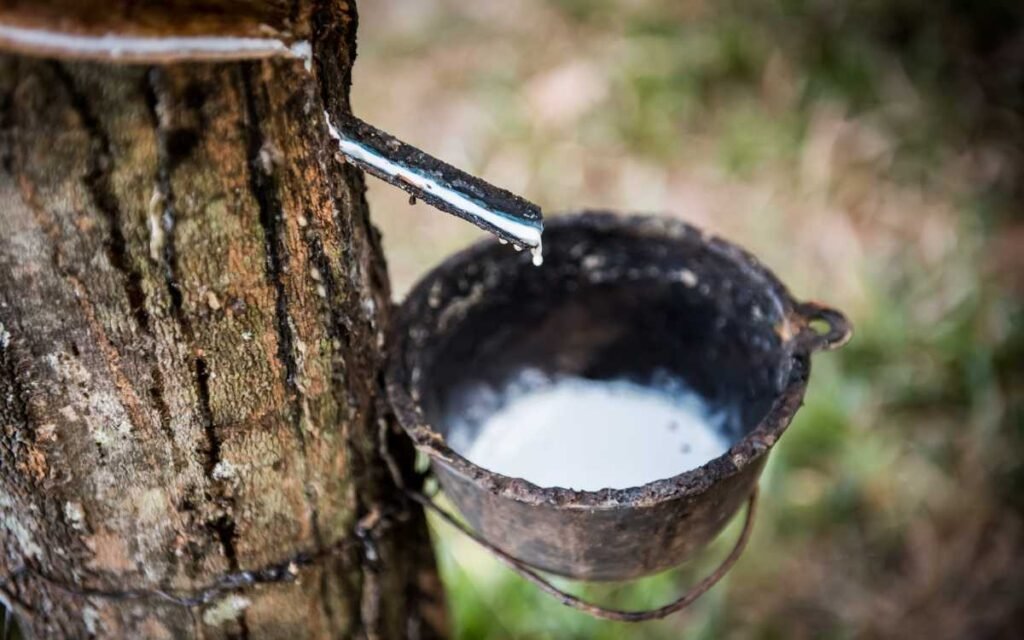
Most water balloons you find in stores are made from latex, a kind of natural rubber. But here’s the deal: they’re not just plain latex. They add other stuff to make them stretchier, last longer, and look brighter.
These extras include metallic powder, fire retardants, antioxidants, and colorful dyes. Each of these does something different. Like, the metallic powder makes the balloons shiny, and the fire retardants stop them from bursting too soon.
But there’s a downside to those pretty colors. The dyes often have chemicals that aren’t good for the environment. When the balloons break, these chemicals can get into the environment, which isn’t great for animals.
How the Composition Relates to Its Environmental Impact?
The composition of latex relates to its environmental impact in a number of ways.
1. Natural latex
It is a natural material derived from the sap of the rubber tree. It is biodegradable and can decompose in a few years under ideal conditions. However, the production of natural latex can have a negative environmental impact. For example, rubber plantations can contribute to deforestation and habitat loss.
2. Synthetic latex
It is made from petroleum products and other chemicals. It is not biodegradable and can persist in the environment for many years. The production of synthetic latex also uses a lot of energy and can release harmful pollutants into the air and water.
The chemicals that are added to latex to make water balloons can also have a negative environmental impact. For example, sulfur is used to vulcanize latex, which makes it more durable.
However, sulfur can also be harmful to aquatic life. Plasticizers are used to make latex more pliable, but they can also leach into the environment and pollute waterways. Pigments are used to color latex, but some pigments can be toxic to wildlife.
How Natural Latex Water Balloon Decomposes in The Environment?

Natural latex water balloons come from rubber trees. They’re seen as better for the environment because they break down naturally. Unlike fake ones, natural latex balloons start breaking down as soon as they’re made. This helps keep the environment cleaner.
The composition of these balloons involves three key components: latex, pigment, and coagulant.
- Latex makes balloons stretchy and comes from sap of Hevea Brasiliensis Trees.
- Pigments like Ultramarine Blue, Red Hematite, and Yellow Ochre give balloons bright colors.
- Coagulant, like Ca(NO3), helps shape the latex when making balloons.
Natural latex water balloons undergo a complex decomposition process influenced by environmental factors. Sunlight from the sun makes the balloon weaker. Oxygen in the air breaks down the balloon’s material. Rain or humidity helps break the balloon down more. Tiny organisms speed up the process by releasing chemicals.
When latex breaks down, big chains become smaller bits called oligomers and monomers. Tiny living things keep breaking these bits down. Sometimes, leftovers from balloons end up in water and get eaten by animals.
Natural latex balloons start breaking down quickly, usually within a few weeks to months. Sunlight, air, and water help this happen. They’re made mainly from rubber tree sap, which is good for the environment.
But other balloons, like Mylar ones, don’t break down. They stick around for a long time, causing pollution. When they’re let go, they can travel far and hurt animals. Sea creatures might think balloon pieces are food, which can make them sick or die.
Research says latex balloons can stay whole for more than a year. But where they break down matters. In water, they disappear faster. Overall, it might take over six months for them to vanish completely.
Are Water Balloons Bad for The Environment?

Water balloons can pose significant threats to the environment. Here’s why:
Litter and Pollution
When people use water balloons for fun or events, they often end up as litter. This adds to pollution in the environment, especially when balloons are made of plastic or synthetic materials that don’t break down easily. Even biodegradable balloons can take months or even years to decompose fully.
Wildlife Hazard
Animals, like sea turtles and dolphins, may think balloon bits are food. This can make them sick or even die if they eat them. Also, balloons can get caught in things like coral reefs, hurting marine life.
Long Decomposition Time
Even though some water balloons claim to be biodegradable, they can still take a long time to break down. Latex balloons stay stretchy for a while before they break down. Even though people might think they disappear quickly like oak leaves, studies say they can last for over a year.
Are Bunch O Balloons Biodegradable

Consumers look for eco-friendly options like Bunch O Balloons, which claimed to use recycled plastic and natural rubber. But people wonder if these balloons really break down naturally.
The company used to say they were eco-friendly, but now they focus on recycling instead of breaking down.
They even partnered with TerraCycle, but the link to sign up doesn’t work. It’s important for consumers to question claims like these and ask companies to be honest about their environmental impact.
Are Zuru Water Balloons Biodegradable
According to ZURU’s website, their balloons are made with care for the environment. They use natural rubber latex for the balloons, which sounds better for the planet. ZURU also says that the sticks of their balloons can be recycled easily in regular recycling bins.
In September 2019, ZURU made a big announcement. They said that all of their Bunch O Balloons, including the balloons, packaging, and sticks, can now be completely recycled. This is happening in several countries with the help of TerraCycle Inc., like Australia, New Zealand, the USA, Canada, and the United Kingdom.
But even with all this recycling talk, we still don’t know if the balloons can break down naturally over time. It’s good that ZURU is trying to reduce waste with recycling, but we need to understand if the balloons can truly biodegrade.
So, when we’re choosing things like water balloons, it’s important to think about both recycling and biodegradability to make smart choices for the environment.
Bottom Line
Water balloons are a blast, but we need to be mindful of their environmental impact. That’s why it’s important to choose biodegradable water balloons whenever possible.
Biodegradable water balloons come from plant-based materials. They break down faster than regular water balloons. This means they’re less likely to harm wildlife and pollute the environment.
We can make water balloon fun eco-friendly. One way is by talking about biodegradable water balloons. We should tell people about their benefits. We should also encourage eco-friendly choices.
So next time you’re planning a water balloon fight, make sure to choose biodegradable water balloons and dispose of them properly. It’s a small step that can make a big difference for our planet.




